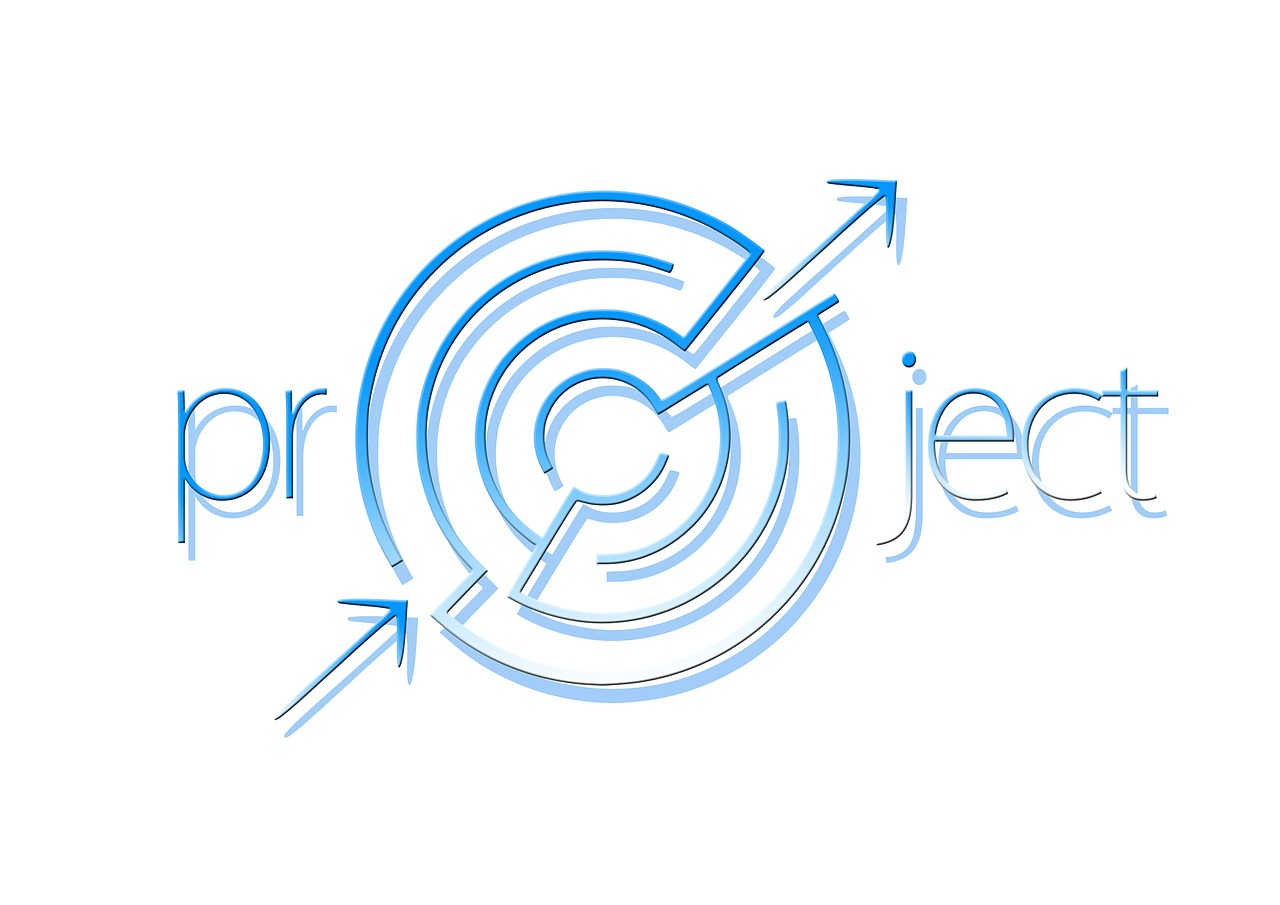There are numerous ways in which one can bill for projects. As a project manager or a freelancer, you need to understand the right billing process. The most common practice has been to bill on an hourly basis.
Hourly billing is simple, where-in the salary is used as a benchmark. It is divided with a definite figure to get your hourly cost. Add other expenses that you would incur in the process of completing the project and your hourly rate is ready. Charging by the hour keeps your payments safe in case you lose the client before project completion. Log time whenever you are at work or talking to the client to take a brief or doing other stuff for the project.
You can bill your clients on a daily basis too. You need to outline all activities done in the day and the time taken to do them. This method delegates more authority to you. You can bill the client on the basis of the work completed during the day This helps in building a relationship with your client.
Go further and you could bill your clients weekly. If you feel that you need to bring in more results which cannot be achieved in an hour/day, you should prefer billing on a weekly basis.
Billing by the task or the expense is another useful method. If your project is clearly defined into tasks, this form of billing is very useful.
Expense billing is an addition to the above mentioned forms of billing. You can bill clients for actual expenses plus a supervision as agreed upon. This could be over and above the rate charged for the service provided.
Billing clients on project basis can be effective too. This defines the overall cost for the client from the beginning and keeps him assured. The results too are defined. Project billing keeps you relaxed too, as you know how much you have to achieve by the end of the project. Whichever method of billing you use, always keep the following in mind:
a. Use late fee to charge clients for late payments
b. Use an online software like Invoicera to log time and bill directly from timesheets
c. Always insist on an advance payment and a purchase order from your client
d. Attach reports related to work done while sending invoices
e. Understand the client requirements clearly
f. Discuss all the terms and deadlines beforehand
g. Always get an estimate approved from the client before starting work






